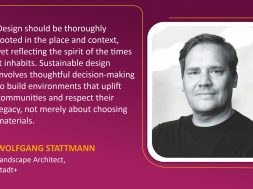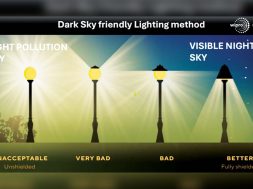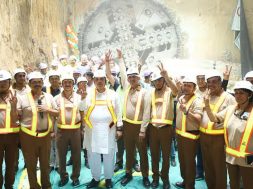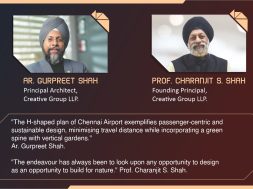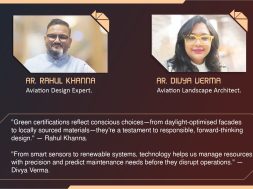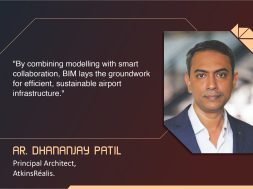Stadt+ sources culture in contemporary design
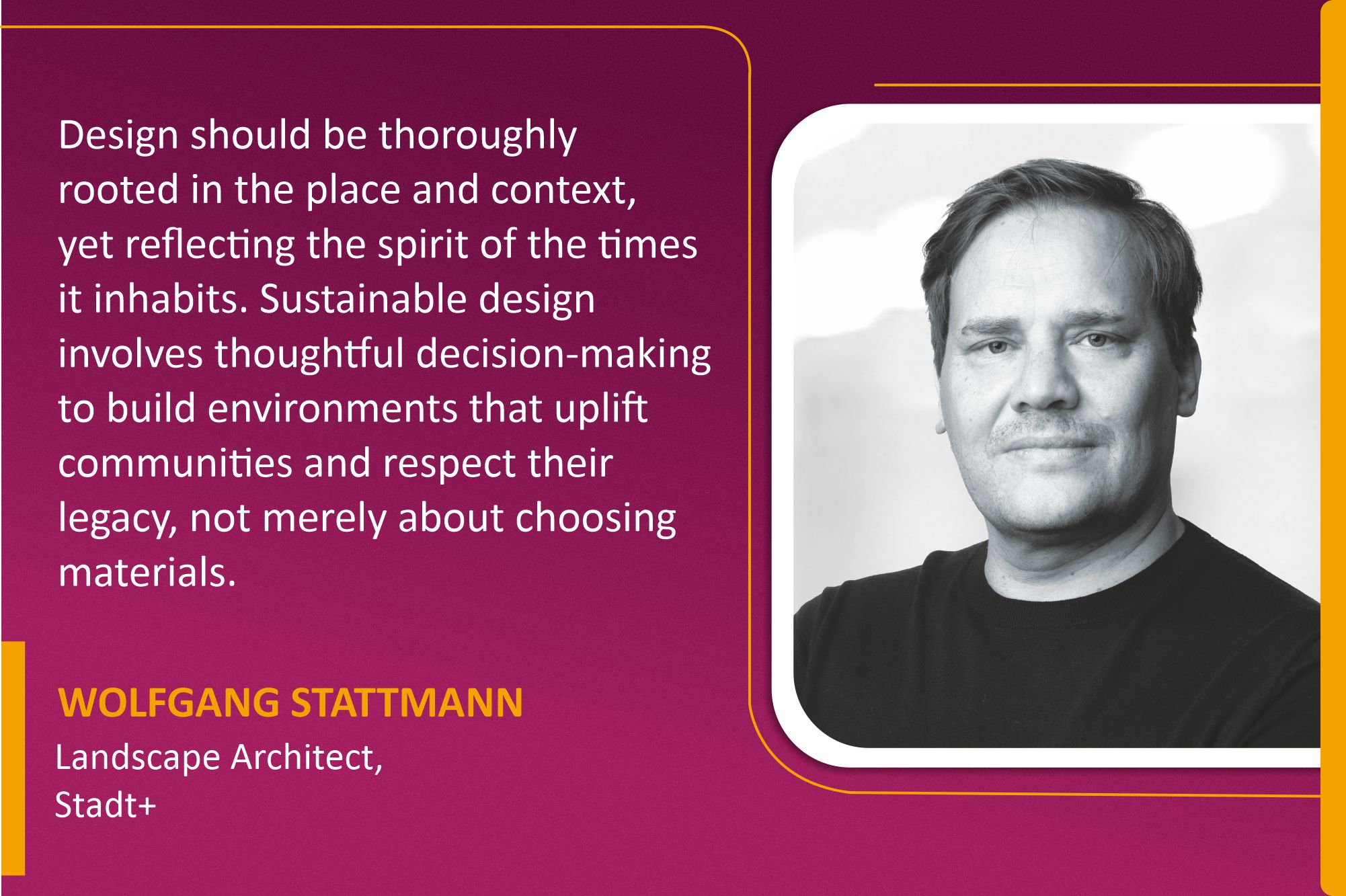
This interaction emphasises sustainability from concept to implementation, as Wolfgang Stattmann talks about striking a careful balance between respecting heritage and embracing modernity. In addition to honouring the historical and cultural background of each project, this strategy ensures that any new construction is community—and environmentally-focused.
How do you blend cultural elements with modern architectural designs in your projects?
Architecture should reflect both the current era and the unique context of its location. A design that thrives in one setting might not resonate in another, even within the same country or city. Successful architecture requires a deep understanding of site-specific elements, including cultural nuances and materiality.
How do you integrate sustainability into your design process from the initial concept to the final execution?
Critical decisions must be made at the pre-concept stage to achieve genuine sustainability, starting with defining the brief. The design team should critically assess the necessity of constructing a new building. Early and thoughtful decisions significantly enhance a project’s sustainability credentials. Continuous monitoring throughout the project ensures that material choices and procurement align with the original carbon and performance targets.

How is technology shaping the future of architecture and design in your projects?
Technology is an evolving tool for designers, aiding in the creation process just as it has for generations. Whether using handcrafted models or 3D-printed prototypes, the core principle remains the same. While advancements like AI influence the process, the essence of design is inherently human and focused on creating spaces for people.
How do you ensure that your architectural projects positively impact the local community?
A project should benefit its site and community on both micro and macro levels throughout its lifespan, including the construction phase. Priorities include minimising negative impacts on neighbours, enhancing the streetscape with fresh aesthetics, activating street frontages with diverse uses, and improving the experience for building users.
What criteria do you consider when selecting materials for your sustainable projects?
Successful material selection depends on choosing the right material for the right purpose, considering structure, facade, or finish. The most sustainable material varies by project location and local expertise. There is no universal solution; the choice must align with the project’s needs. Selecting the most appropriate system is often more crucial than the material itself. For instance, opting for a truss over a beam might be more sustainable, even if the material is highly efficient.
How do you adapt your architectural approach to different cultural and climatic contexts?
Any architectural design should be preceded by a comprehensive site analysis, including historical and climatic studies. Understanding temperatures, wind patterns, orientation, and daylight informs the design process. This knowledge guides decisions on floor plate depth, shading, massing, and architectural language to ensure the design effectively responds to its unique constraints.
Cookie Consent
We use cookies to personalize your experience. By continuing to visit this website you agree to our Terms & Conditions, Privacy Policy and Cookie Policy.
